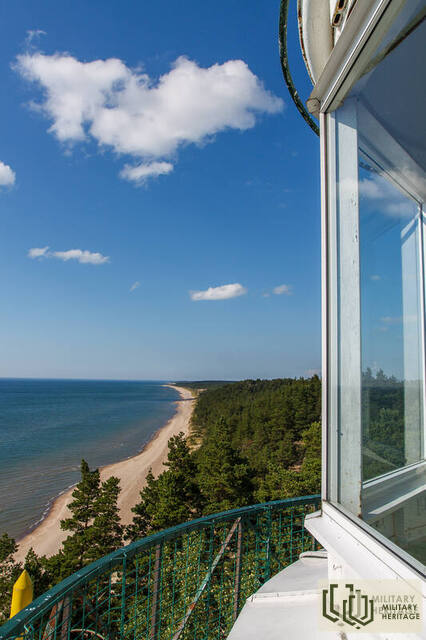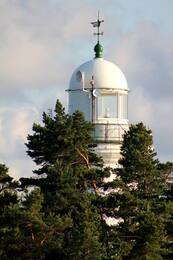Užavos pakrantės ir sovietinių pasieniečių gamtos nuotraukos
Saugomo augalo nuotraukos pasienio apsaugos zonoje istorija.
Dar aštuntajame dešimtmetyje kartu su gamtos fotografu V. Klimpiniu vykome į Kuržemės pakrantę fotografuoti saugomų augalų rūšių. Mūsų tikslas buvo Užava, viena iš nedaugelio vietų, kur kopose auga reta ir saugoma augalų rūšis – pajūrio mėlynė. Tuo metu mus prie jūros palydėjo ginkluoti pasieniečiai. Kadangi tuo metu nebuvo leidžiama fotografuoti pajūrio, paklausėme pasieniečių – ar galime fotografuoti retą augalą „vietoje“, ar turime jį „nusinešti į lauką“ ir tada fotografuoti? Gavome leidimą fotografuoti jį natūralioje buveinėje. Juk tai reta rūšis.
(pastabos)
Pajūrinė mėlynoji kviečių želmė (Eryngium maritimum L.) – tai 30–60 cm aukščio žolinis augalas, priklausantis cūginių šeimai. Augalas melsvai rausvas.
Rūšis labiausiai paplitusi Europoje, Atlanto vandenyno ir jūrų pakrantėse, nuo Baltijos jūros iki šiaurinių Afrikos pakrančių. Latvijoje ji labai reta, tik pietinėje ir centrinėje Kuržemės pakrantės dalyje. Pavieniai egzemplioriai aptinkami Ventspilio–Papės ir Ziemupės–Akmensrago atkarpose.
Pakrantė – Vikipedija, laisvoji enciklopedija






